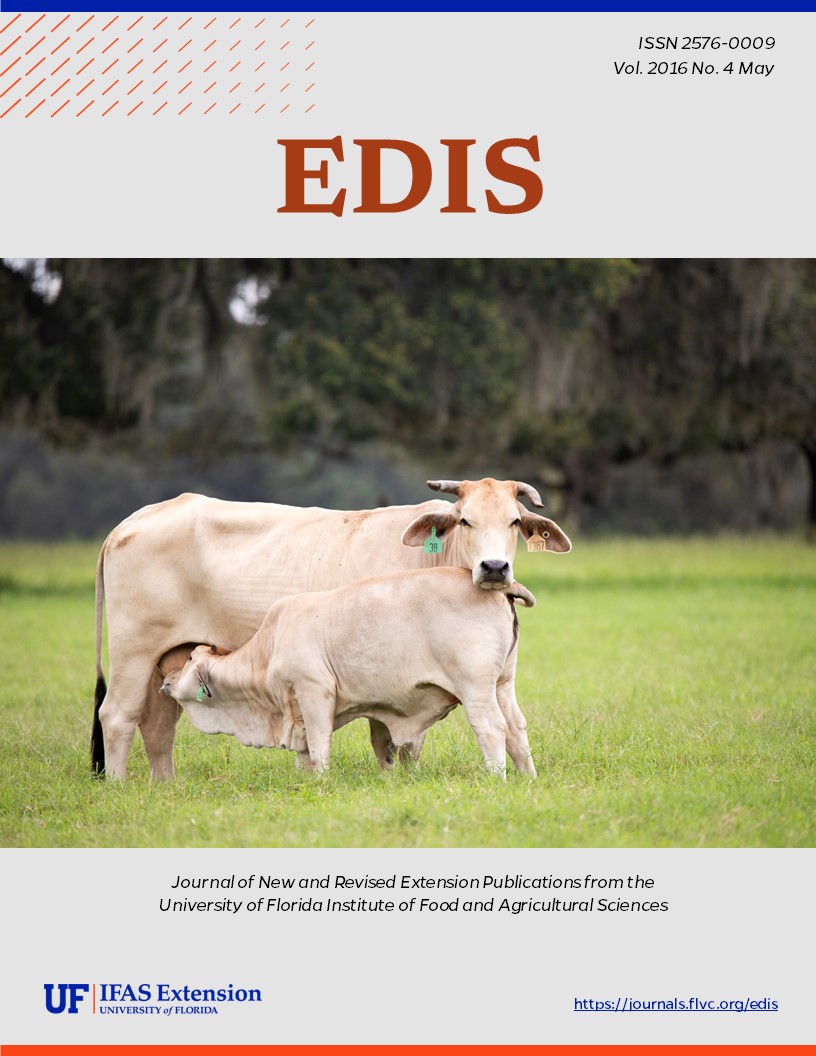Abstract
This document discusses the potential damage to ornamental plants when metsulfuron-methyl-containing herbicides are applied to turfgrass. It highlights the herbicide’s effectiveness in controlling broadleaf weeds but warns of its adverse effects on non-target ornamental species. The article provides guidelines for minimizing damage, including proper application techniques and timing. It also emphasizes the importance of understanding the herbicide’s properties and the susceptibility of various ornamental plants to avoid unintended harm. Original publication date April 2016.
References
Broschat, T.K. and P. Busey. 2010. Toxicity of turfgrass postemergence herbicides on Wodyetia bifurcata. Palms 54:137–140. (Accessed February 19, 2016).
Gilman, E.F. 2011. Where are tree roots? ENH137. Gainesville: University of Florida Institute of Food and Agricultural Sciences. https://edis.ifas.ufl.edu/wo017. (Accessed February 19, 2016).
Harmon, P.F. and C.L. Harmon. 2014. Sudden oak death and ramorum blight. PP197. Gainesville: University of Florida Institute of Food and Agricultural Sciences. https://edis.ifas.ufl.edu/pp118. (Accessed February 19, 2016).
McAfee, J. and P.A. Baumann. 2007. Herbicides for Weed Control in Turfgrass. AgriLife Extension. Texas A & M
System. SCS-2007-13. 8 p. http://publications.tamu.edu/TURF_LANDSCAPE/PUB_turf_Herbicides%20for%20Weed%20Control%20in%20Turfgrass.pdf (Accessed
January 31, 2016)
S. McElroy and J. Jacobi. 2013. Metsulfuron potentially damaging oak species when applied to turfgrass. Alabama Cooperative Extension Service, Auburn University. https://sites.aces.edu/group/timelyinfo/Documents/Metsulfuron%20Potentially%20Damaging%20Oak%20Species.pdf. (Accessed February 19, 2016)

This work is licensed under a Creative Commons Attribution-NonCommercial-NoDerivatives 4.0 International License.
Copyright (c) 2016 UF/IFAS

